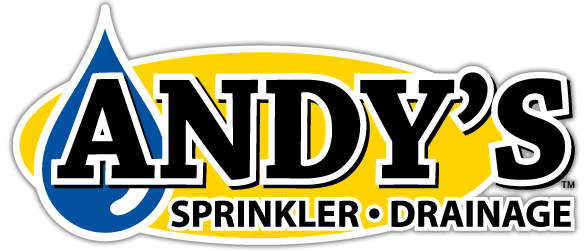So, Why HAS Drip Irrigation Become so Popular?
Irrigation has been around for as long as humans have been working the land and cultivating plants. Man’s first endeavor after learning to grow plants from seeds was probably a bucket – a device to carry water from wherever it could be found to where it was needed to grow the plants. While pouring water on a field of growing plants is still a common method of irrigation, many people are now turning to more innovative forms of watering. We’ll start with a discussion of the different methods of irrigation in use the world over today.
Flood irrigation
Sometimes called furrow irrigation, this is the method of watering where water is poured over the plants and dirt they are growing in. No matter what water-holding device is used to transport and deliver the water to the plants, the effect is the same: water is allowed to flow along the ground, among the crops, and the process is repeated over and over throughout the growing season.
While many farmers and growers are working on methods to reduce water loss due to evaporation and runoff, such as leveling fields and capturing runoff for reuse, there is still an unwholesome amount of water wasted by these methods. In addition, soil erosion is never more obvious than after repeated years of farming a field in this manner.
Spray irrigation
This is more modern than flood irrigation, but for the most part, the results are much the same. By using pipes and hoses with strategically placed holes and spray nozzles along the length of the system, a large area of land can be watered with minimal effort. However, evaporation is a huge concern with these types of irrigation systems. So much of the water sprayed out as vapor is nearly instantaneously burned off by the sun. Soil erosion is less of a concern with this method, but it is still a significant issue.
Drip irrigation
Similar to spray irrigation, a system of pipes and hoses with strategically placed holes and slits is used to deliver water along the entire length of the pipe system. However, rather than being sprayed over the cultivation area, the hose system is maintained at a lower pressure, causing a constant seep of water through the holes in the wall of the pipe. This means that a steady, even, low-force flow of water is released, and when the hoses are placed right along the soil, or even buried underneath the surface, the plants’ roots are able to absorb much more water. In addition, quicker soil absorption ensures that evaporation is minimized; in fact, some studies have shown that ¼ of the water sent through the hose is conserved when compared to flood irrigation. In all drip irrigation tends to provide a host of benefits that neither drip nor spray irrigation can compete with.
So, is drip irrigation really as effective as people say?
The short answer? YES!
The long answer would include all the many benefits people have seen from using drip irrigation instead of other types of systems. These benefits include:
- Time saved – Drip irrigation all but eliminates the need for dragging hoses and sprinklers around your yard and garden, setting timers, rotating sprinklers and sprayers, and turning off hoses.
- Better plants – Plants were made to soak water up at the roots. It only makes sense that for the best plants on the block, you need to water them at the roots, rather than on the leaves! Rain is the only water your foliage should see!
- Money saved! – Who doesn’t want to save money? Rather than a $200 water bill this summer from that lovely crop of watermelons you decided to grow, you can have better plants for less money.
- Conserve more water – If you are environmentally conscious, there is no better option for sustainably watering your garden than a drip irrigation system.
Still not convinced? Let the experts at Andy’s Sprinkler and Drainage tell you more! Give us a call today.
